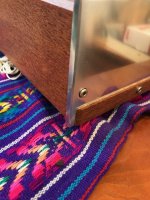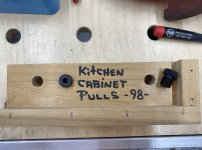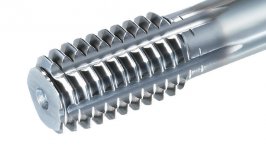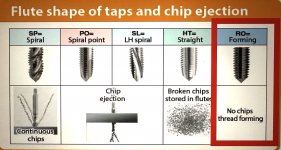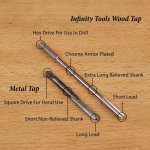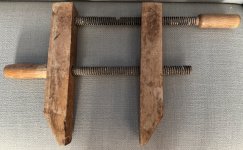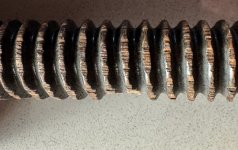Mike Goetzke
Member
- Joined
- Jul 12, 2008
- Messages
- 1,133
I'm in the design phase for a knock down frame. In the past I would use metal threaded inserts but I have seen a few videos of woodworkers using thread taps right into the hardwood wood itself. This looks cleaner and easier to do but is it as strong/durable as inserts?
Thanks
Thanks

